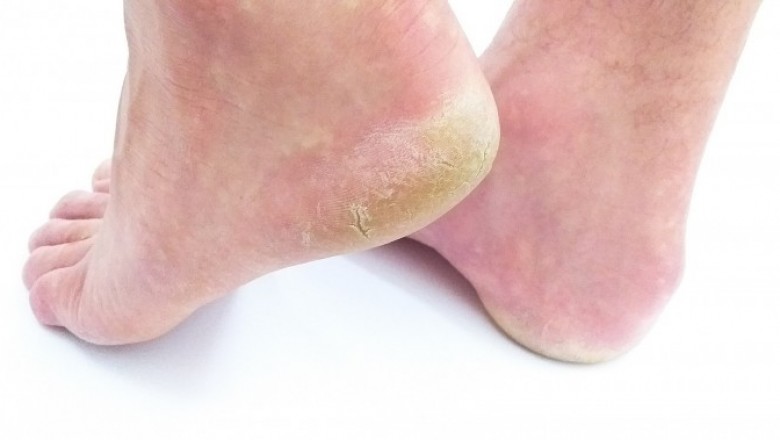
Skin Fungus Infections (Symptoms and Treatments)
Defining skin fungal infection
• A dermatophyte, a parasitic fungus often becomes the cause of skin infection. The term dermatophyte contains "imperfect fungi" of the species like Epidermophyton, Microsporum and Trichophyton. The most common forms of skin fungus are ringworm, althlets foot and cutaneous candidiasis.
• Fungi are cluster of organs which often becomes the reason for skin infections. The fungi are known as yeast naturally existed in the human body. Dermatophytes are the occasional organisms positively move according to environmental conditions as they develop in human body and infect top layer of the skin and nails as well as hair.
• There are various kinds of fungal skin infections such as ringworm (Tinea Corporis), Athlets foot (Tinea Pedis), nail ringworm (Tinea Unguium), jock itch (Tinea Cruris), beard ringworm (Tinea Barbae), scalp ringworm (Tinea capitis) and Candida. The deep fungal infections can stretch into blood and internal parts of the human body due to incursion through deep layers of skin.
Symptoms of skin fungal infection
• Fungal skin infection is usually occurred due to hives. Ringworm originates red, pink, ring-shaped itchy patches surrounded by an apparent circle.
• Jock itch becomes prominent in form of a red ring hives nearby the groin area. It is looked like a small, painful, hurtful and deeply itch wound.
• Athletes foot originates in form of itch rough rash between the toes. It causes mild frustration, cracking and flaking around the skin surface.
• Fungal skin infection is extremely painful and disturbing in its bacterial form. Scalp ringworm is extremely infective in the children.
• Nail worm impacts on toenails and makes the nail deadly and condensed. Fungal and infected part of the nail is often fallen separately from rest of the nail.
• Candida infection is generally occurred in humidity and balmy areas of the human body like skin wrinkles and diaper areas.
• Superficial candidal fungal skin infection is occurred in various forms such as red, flat itchiness and prickly edges, etc.
• The diminutive scraps and patches are occurred in a rash form known as satellite lesions. These patches can cause acute ache, irritation, agony, and itching.
• Skin fungal infection is very contagious, because it not only causes itch patches in one body part but also appears on another body parts. This is called as an "allergic reaction to fungus".
Treatment for Skin Fungal Infections
Disturbed immune system, antibiotics, corticosteroids, diabetes, dirtiness, and poor medical conditions are the major causes of fungal skin infections. Therefore, the treatment of fungi skin infection is become vital in such state of affairs, discusses as under in some points.
• If you want to control upon fungal skin infection you will have to stop corticosteroids, medications and antibiotics. So, your skin infection and itching patches can be removed and also control on your diabetes level.
• Always use those foodstuffs which can promote your immune system and avoid of the chances of fungal skin infection.
• Skin fungal infections can be treated with anti-fungal creams and medicines which keep dry and clean the infected and itchy area of your body.
• Mild hydrocortisone cream is the best treatment for the skin fungal infection and it removes all kinds of blemishes and flaws from the body.
• New broad spectrum antifungals have been suggested by the skin fungal doctors in order to keep control upon deep wounds and patches. These medications are terbinafine, itraconazole and fluconazole.
• If the skin fungal infection is reached at deep swelling and hive levels, it becomes necessary for you to operate skin fugal infection through the laser surgery or other operations.
The author writes articles on Health Articles. For more information Visit:Health Guides.



































